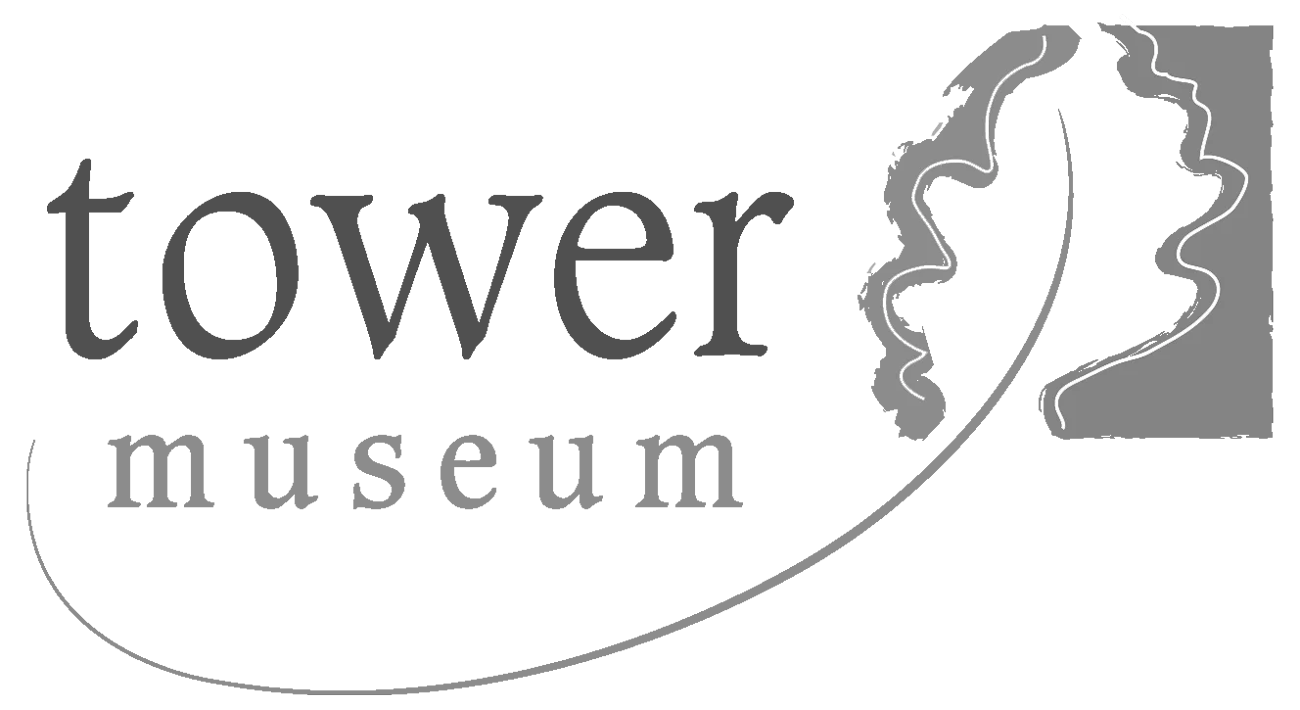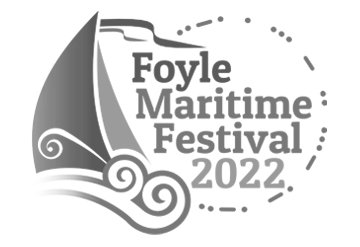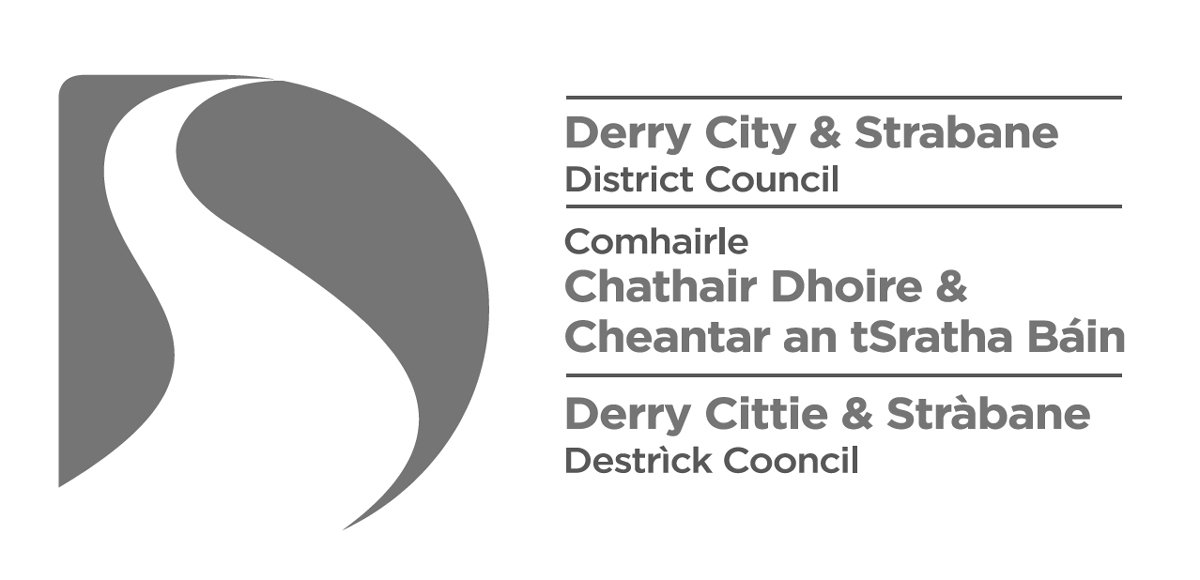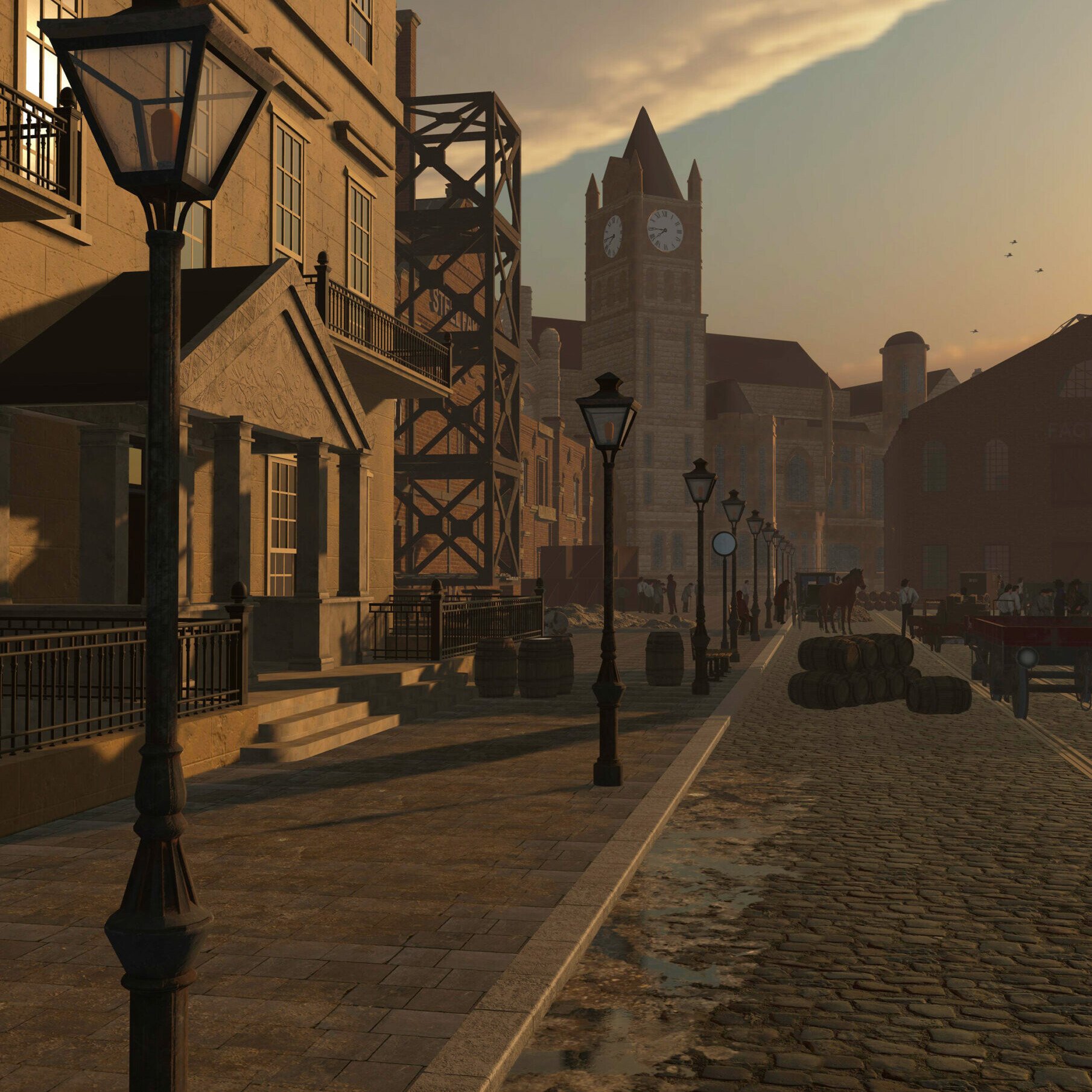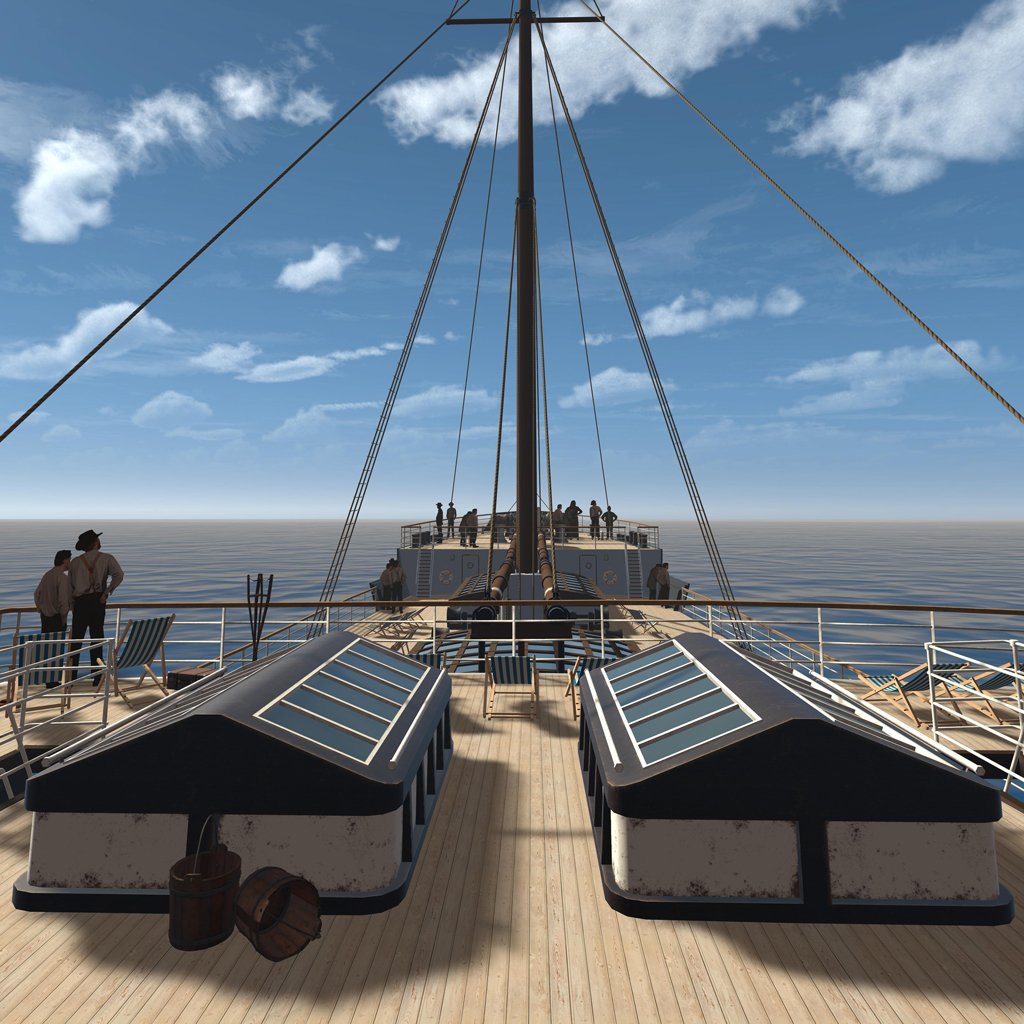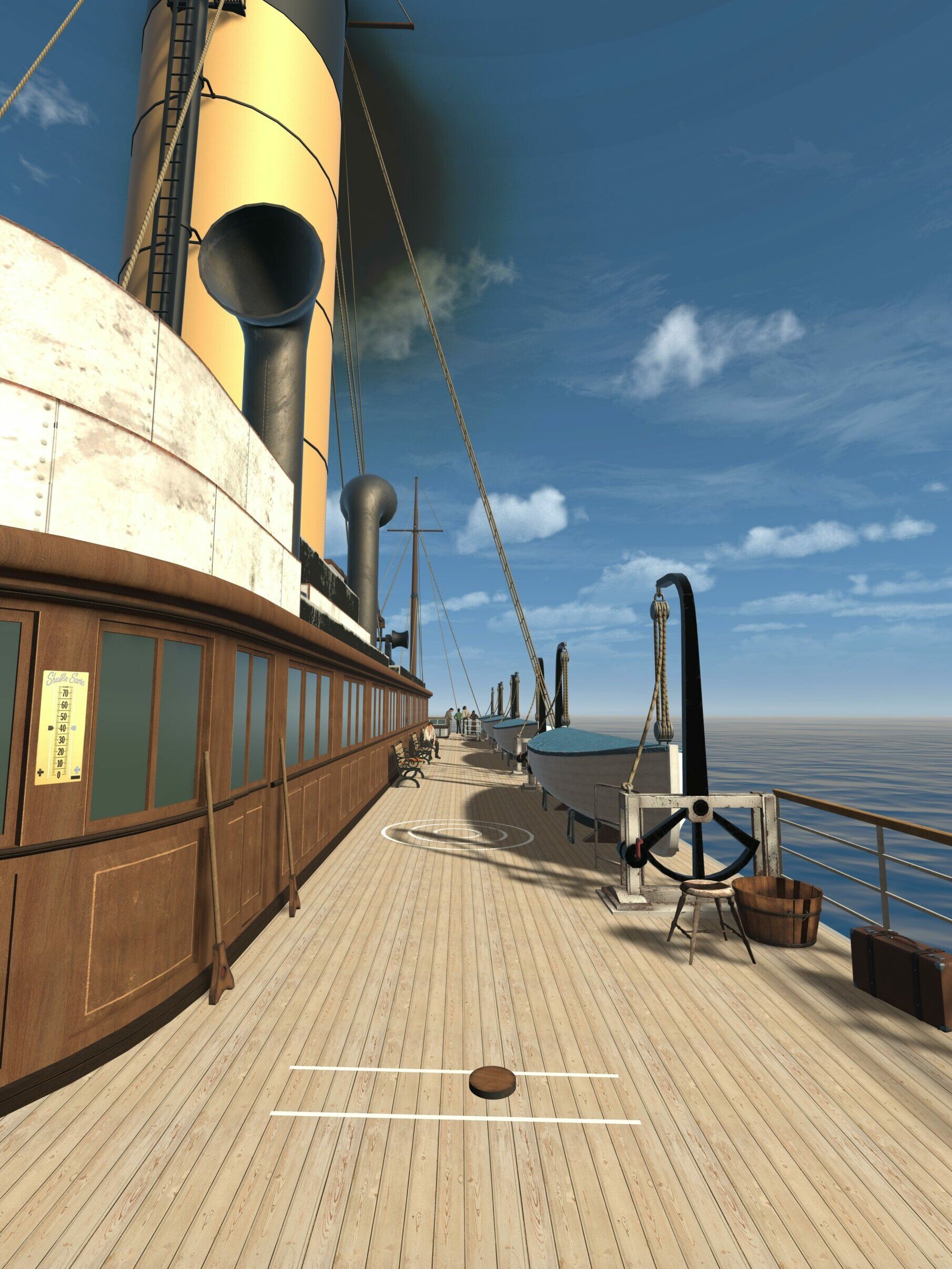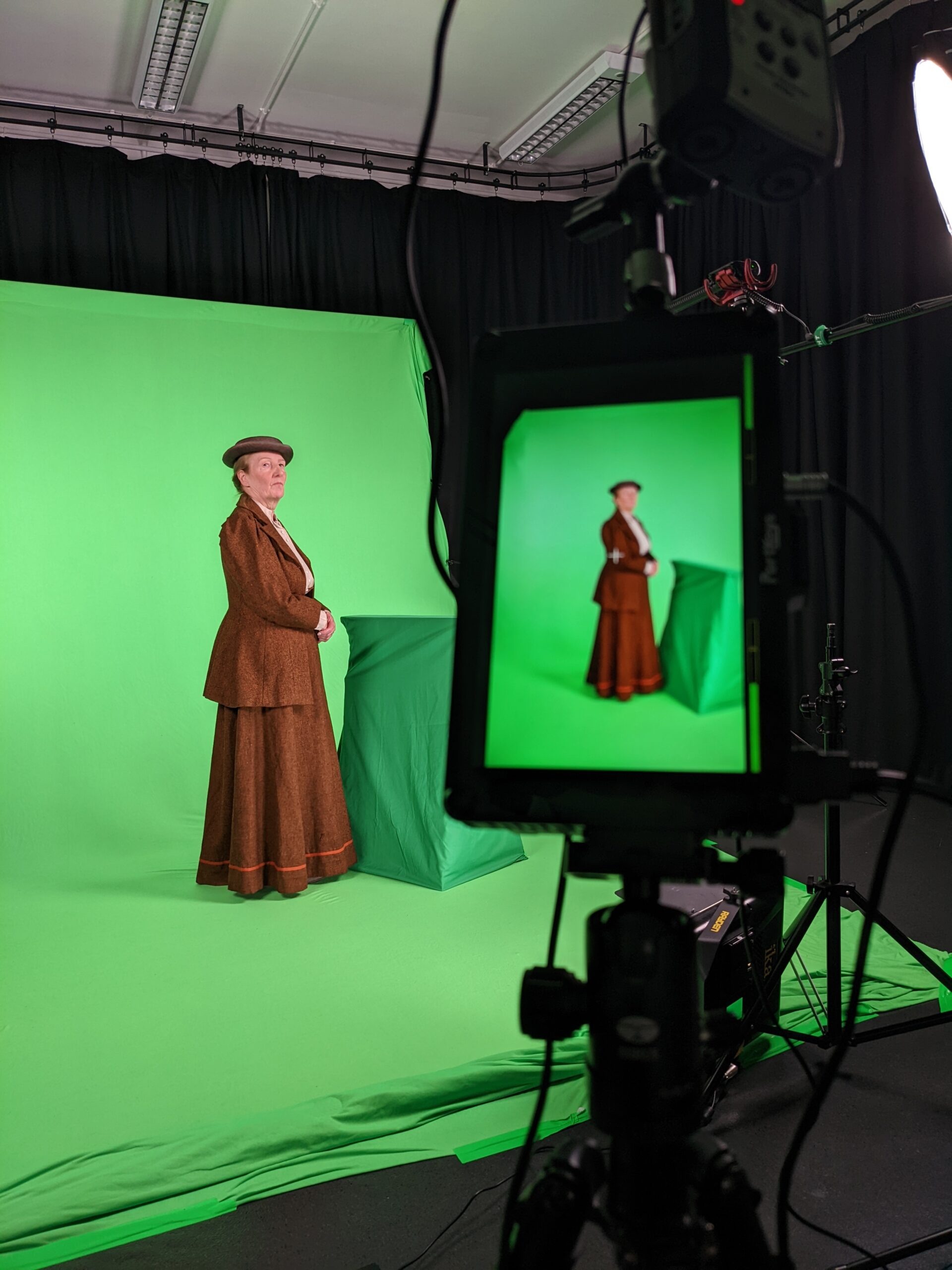VR Irish Emigration Experience
Afloat & Ashore VR: transporting visitors back in time
We developed a Tower Museum VR experience inspired by 19th century passenger diaries from the Tower Museum’s collection.
Users follow in the footsteps of Irish immigrants on their journey from Foyle Quay to start a better life in New York. Gamified elements include interacting with other passengers and playing shuffleboard aboard the State of Nebraska.
Launching at the Foyle Maritime Festival 2022, this virtual reality experience will be freely available at Derry’s Tower Museum later this year.
Partners
Kindly funded by the TIDE – or ‘Atlantic Network for Developing Historical Maritime Tourism’ – project, this is a partnership between Derry City and Strabane District Council, Urban Scale Interventions and Zubr.
Initially available at the Foyle Maritime Festival 2022, the Tower Museum VR experience will go on permanent display at the Tower Museum.
Over 1 million people left the port during the 19th century and can be directly attributed 9 million diaspora around the world. This is a perfect opportunity to recreate that journey.
TIDE project partner, Ronan McConnell
Unchartered territory: developing historic VR in museums
We teamed up with Belfast-based, creative design agency USI to interpret Patrick Maxwell’s diaries, and develop an interactive Tower Museum VR experience which lets users witness first-hand some of the events that occurred during Irish migration across the Atlantic.
From loaning money from a local landlord to buy your ticket, to playing shuffleboard on deck to pass the long voyage, to arriving in New York harbour – in under 10 minutes, Tower Museum VR users can experience a taste of the months-long journey.
‘Afloat and Ashore’, Maxwell’s account of his 1891 voyage from Derry to New York, was ideal source material for museum VR. We worked with USI to create a script, with characters and spoken lines drawn directly from the diaries.
This added depth to the character dialogue, ensuring the vocabulary and colloquialisms were contemporary to the historical era we were creating in virtual reality.
We relied on historic photographs, maps and contextual documents to tell us how the Derry docks would have looked the morning that the SS Nebraska set sail. As the Derry dockside has changed significantly over the years, we were able to take some artistic licence, and ensure that key historic buildings still visible today were included in the scene.
This helps ground the experience for locals; the familiar scenery increases users’ connection to the experience through a heightened sense of place and space.
To add a layer of realism to the 3D models, we conducted LiDAR scanning at Bristol’s SS Great Britain dockyard which is from the same era as the State of Nebraska.
By capturing 3D set dressing from the dockyard, we were able to create more authentic textures and group objects as they would be in real life, adding to the naturalism of the Tower Museum VR scenes.
We wanted this authenticity to include the passengers you interact with so, rather than 3D modelling people, which often takes an uncanny turn, we worked with local director Keith O’Grady to cast Derry actors in each role. It was important to have true Derry accents and dialects, and to work with the local community as much as possible, as it was their history we were bringing to life.
We sourced appropriate 19th century costumes from Bristol Costume Services, and flew to Derry to conduct a stereoscopic green screen shoot at Ulster University Magee Campus. Working with our expert photographer Misha, our creative director coordinated the shoot, envisaging where each actor needed to be positioned so we could comp them into our 3D modelled scenes.
We were kindly assisted by students from the Cinematic Arts course, and it was fantastic to see them take on such an active role in the shoot – from assisting with costumes, hair and makeup, to helping focus lights and record audio.
New horizons: Tower Museum VR draws new audiences
The result is a powerful example of immersive VR in museums. By combining historically-accurate details drawn from primary sources with a detailed knowledge of the region and maritime history, the Tower Museum VR experience is both educational and entertaining.
We’ve created a visually rich environment, populated by believable characters, giving users a genuine insight into the realities of emigrating in the 19th century.
As the experience will be unmanned the majority of the time, we’ve kept the interactivity simple. By creating a linear narrative, Tower Museum VR users are presented with clear choices to avoid confusion or risk of getting trapped or lost in the scenes.
Equally, the whole experience lasts less than 10 minutes, meaning people won’t be waiting for too long to take their turn.
For the Festival launch we installed a screen which allowed people waiting to see a live feed of the virtual reality scene being played by someone else, furthering the audience we could engage and giving those nervous about VR a chance to familiarise themselves with the content in advance.
We thoroughly enjoyed making the Tower Museum VR ‘Afloat and Ashore’ experience. Immersive VR is a great way for museums to attract new visitors, and to share collections in a fresh and exciting way.
If you’d like to discuss the possibilities of developing museum VR or using virtual reality to increase engagement with your historic site then get in touch via our contact form.

